Emotional Regulation & SEND: Free Printable Resources
Teaching Emotional Regulation as a Behaviour Strategy
The ability to regulate our emotions should not be presumed, emotional regulation is a skill and needs to be learned, sometimes through explicit instruction. Some children experience very intense emotions. Recognising your own emotions and identifying effective strategies for managing these is a key skill for any child. Children who require additional skill teaching around managing their own emotions systems such as emotion works and Zones of Regulation are great. These are both widely used emotional regulation resources and effective strategies.
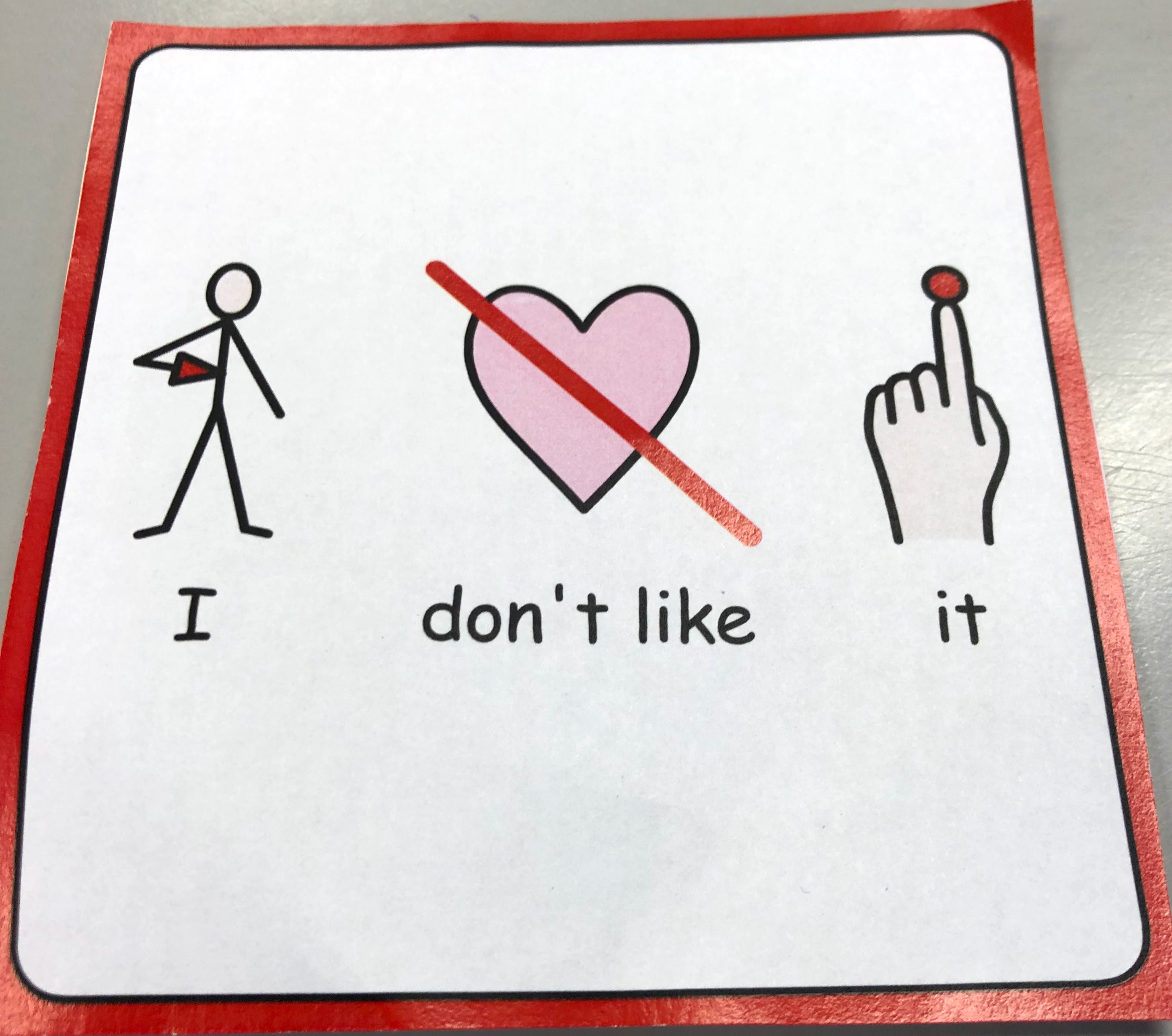
I think it is unhelpful to label emotions negative or positive as all are reactions to interactions or events occurring around or to you. Many of the responses to emotions in young people are shaped by their needs, communication skills or background, including potential trauma and abuse. Teachers need to be mindful of this and the impact it will have on the child’s reactions to certain situations. Some emotions are specifically designed to keep you safe (fear) so additional work may be better focused on desensitisation or applying a functional and clear method of escape – The symbol above is a simple example of this. The child can use it to immediately end an activity, food tasting, game etc. I believe symbols and cards like this are essential even for students who can verbalise requests. In times of stress, expressive language skills can be impaired so grabbing a symbol can reduce potential “challenging behaviour” by easily communicating a need to exit the situation.
No Worries
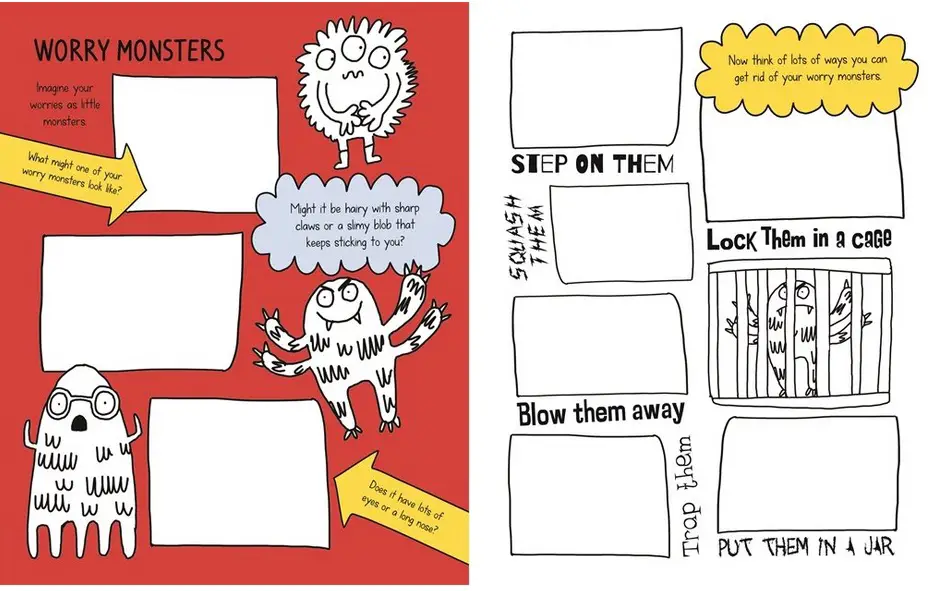
I have just discovered this book No Worries! Mindful Kids: An activity book for young people who sometimes feel anxious or stressed by Dr Sharie Coombes This is an excellent little resource which has a number of self-regulation strategies the child can start to use to reduce anxiety.
I wanted to share here some of the approaches I have used with the autistic students I have worked with. All of these need to be highly personalised and be ready to adapt. The following Top Tips are things I have tried and found effective I would love to hear your tips and experiences in the comments.
Top Tips for Teaching Emotional Regulation.
- Use emotional vocabulary all the time- identify and name the emotion you see or feel.
- The context of the emotion is as important as the behaviour that stems from it
- Teach coping strategies when the child is at their baseline stress level.
- Practice emotional regulation strategies regularly.
- Model the positive behaviours you want to encourage.
- Simple Strategies are best, however, be ready to get creative.
- Ensure all adults honour their side of all agreed-on responses.
- Create a safe space to develop these skills – A Zero Tolerance Classroom is not going to work.
- Link known triggers to functional responses.
- Give emotional regulation time to work (At least a fortnight of consistent application)
- You need to be the child’s emotional brake when teaching these skills.
Emotional Regulation Dice: Free Printable
I have these emoji emotional regulation dice that prove useful for prompting discussion. I was looking for a way to start discussing emotions that didn’t look like a worksheet. This is my first attempt as I adapt and edit I will upload more versions here.


Emotions Charts

These free emotion charts and sheets, as well as thermometers such as the incredible 5 point sclae, can be valuable tools in promoting self-regulation and teaching coping strategies. Download this free Emotion Levels Chart to complete with the child with strategies. This version is for older children/adolescents
Feelings and Emotional Regulation Worksheets
The idea of using emojis is to link with aspects of online safety lessons. We introduced emojis because we also use widgit symbols of the emotional faces as they are very similar in appearance. More and more often our children are called on to be able to decode hidden meaning in messages through using this accessible system.
Download the Free Emoji Emotional Regulation worksheet bundle including emotion face matching and scavenger hunt checklist. To use the checklist I hid emoji’s around the room and they were checked off as the children found them.
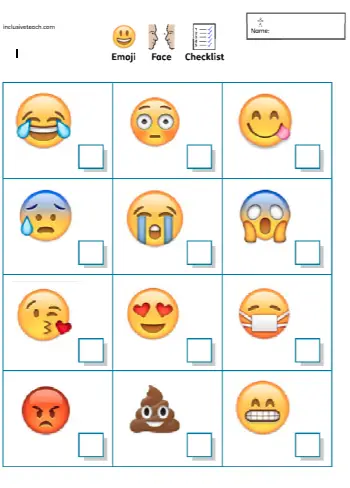
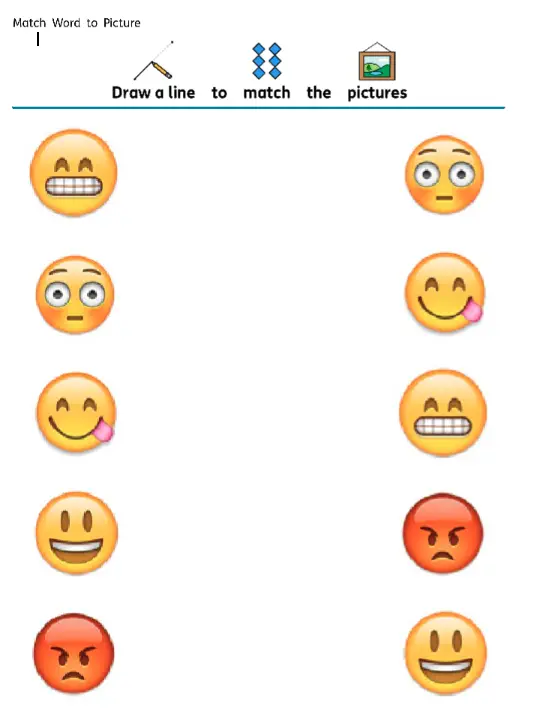
My Little Worry book.
This post contains a great little resource for emotional regulation that I made last year “My Little Worry Book“. This is a free PDF printable resource for supporting self-regulation. It can be carried in a child’s pocket for when they just can’t find the words.
Thank you for taking the time to read. I would love to hear your comments.
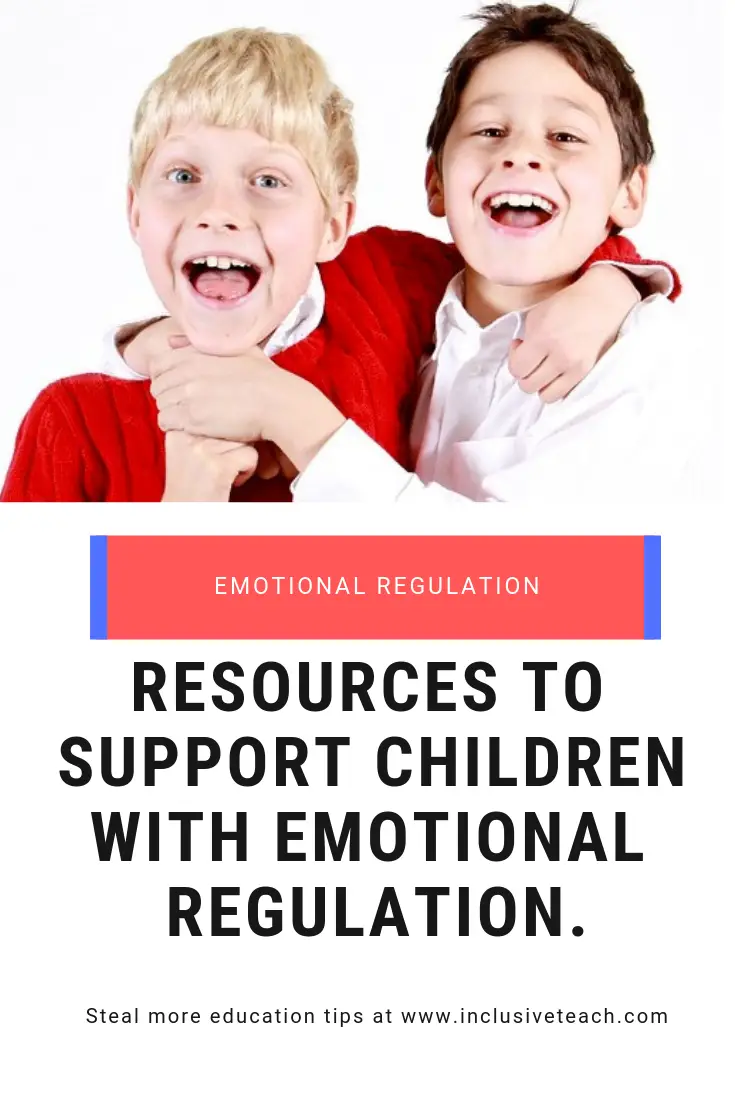

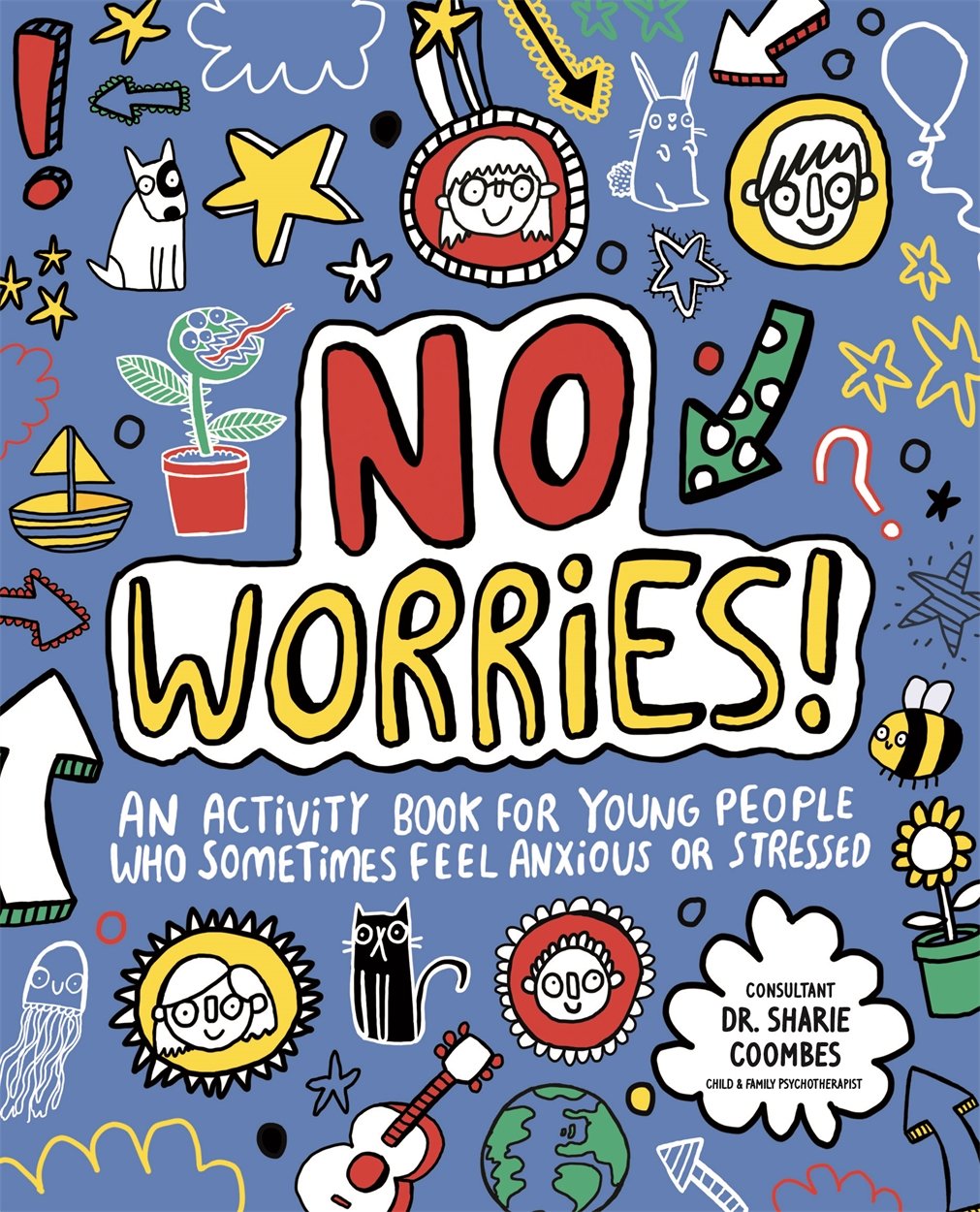
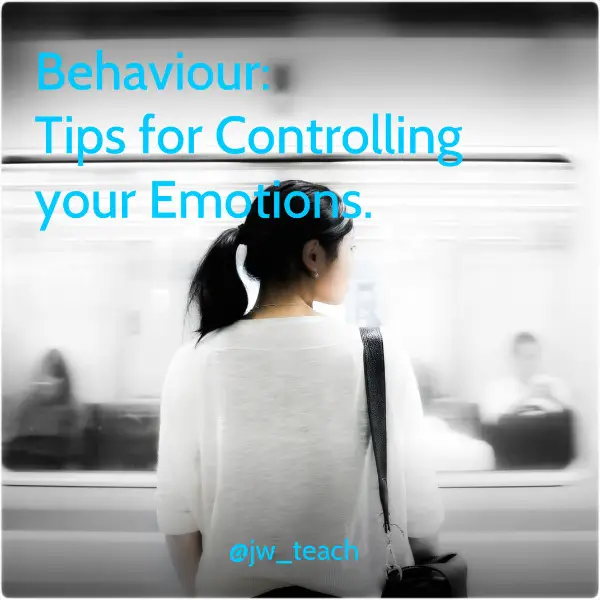
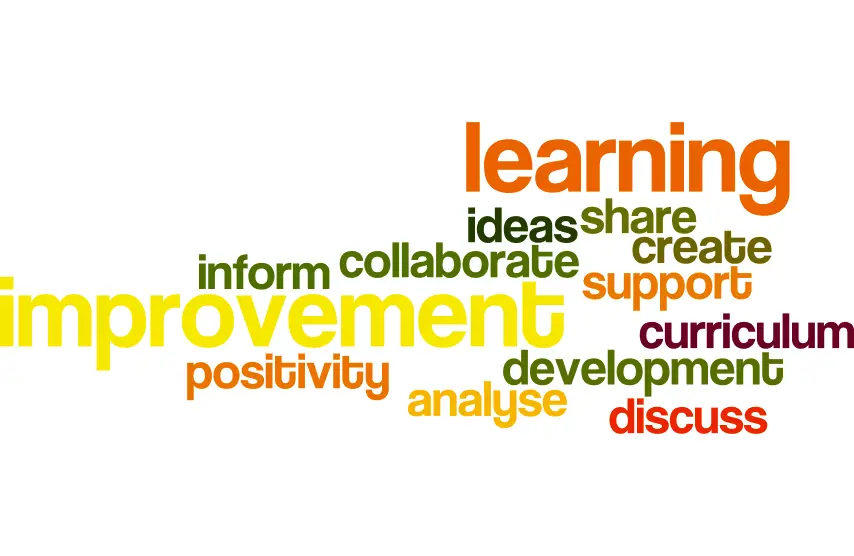
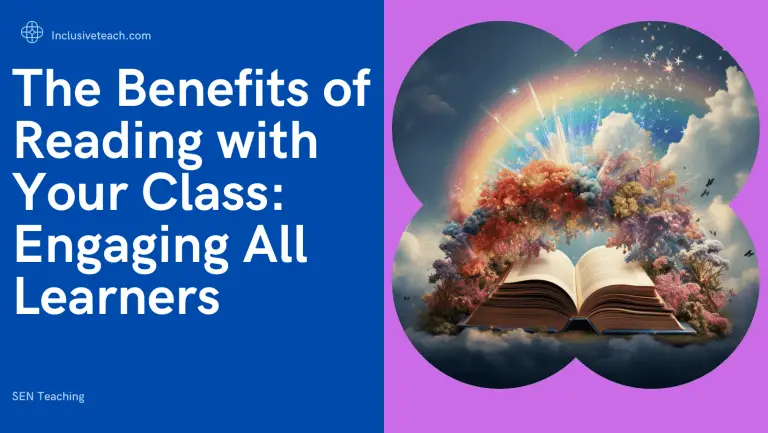
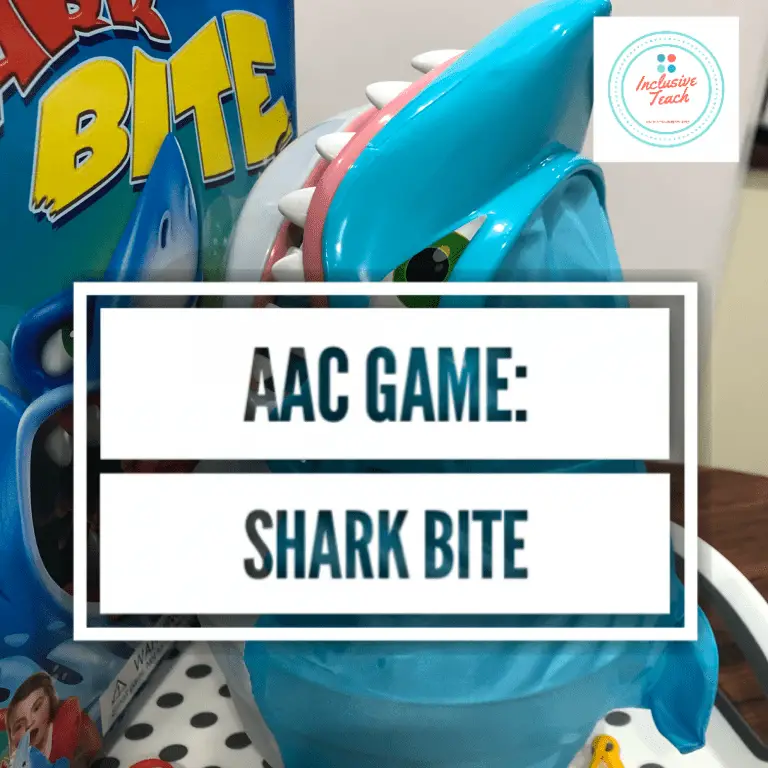
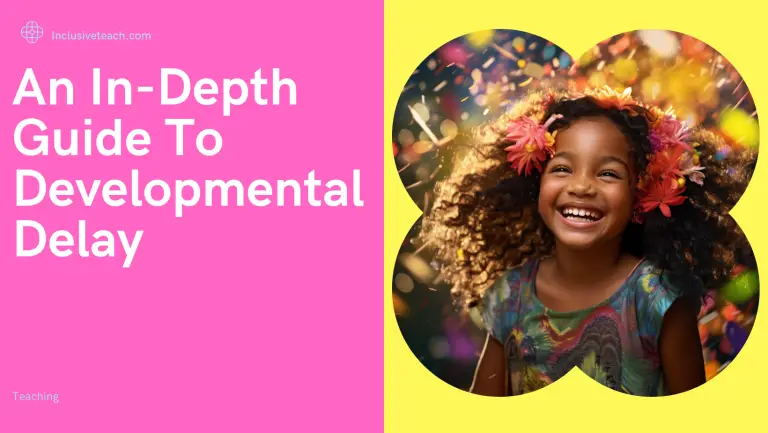
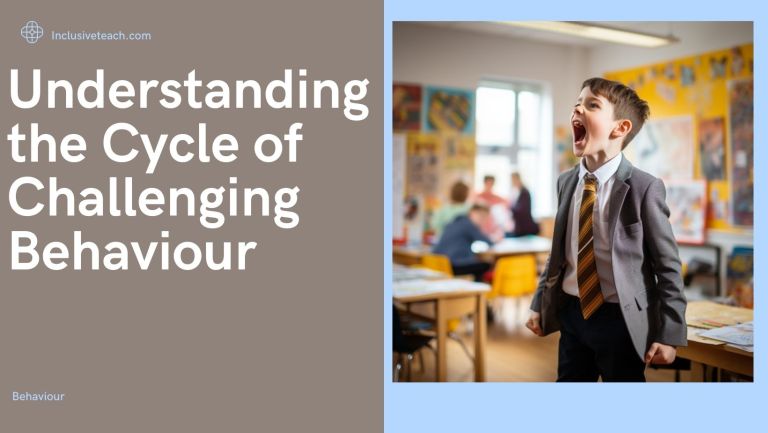
Excellent resources. Love the emotions chart